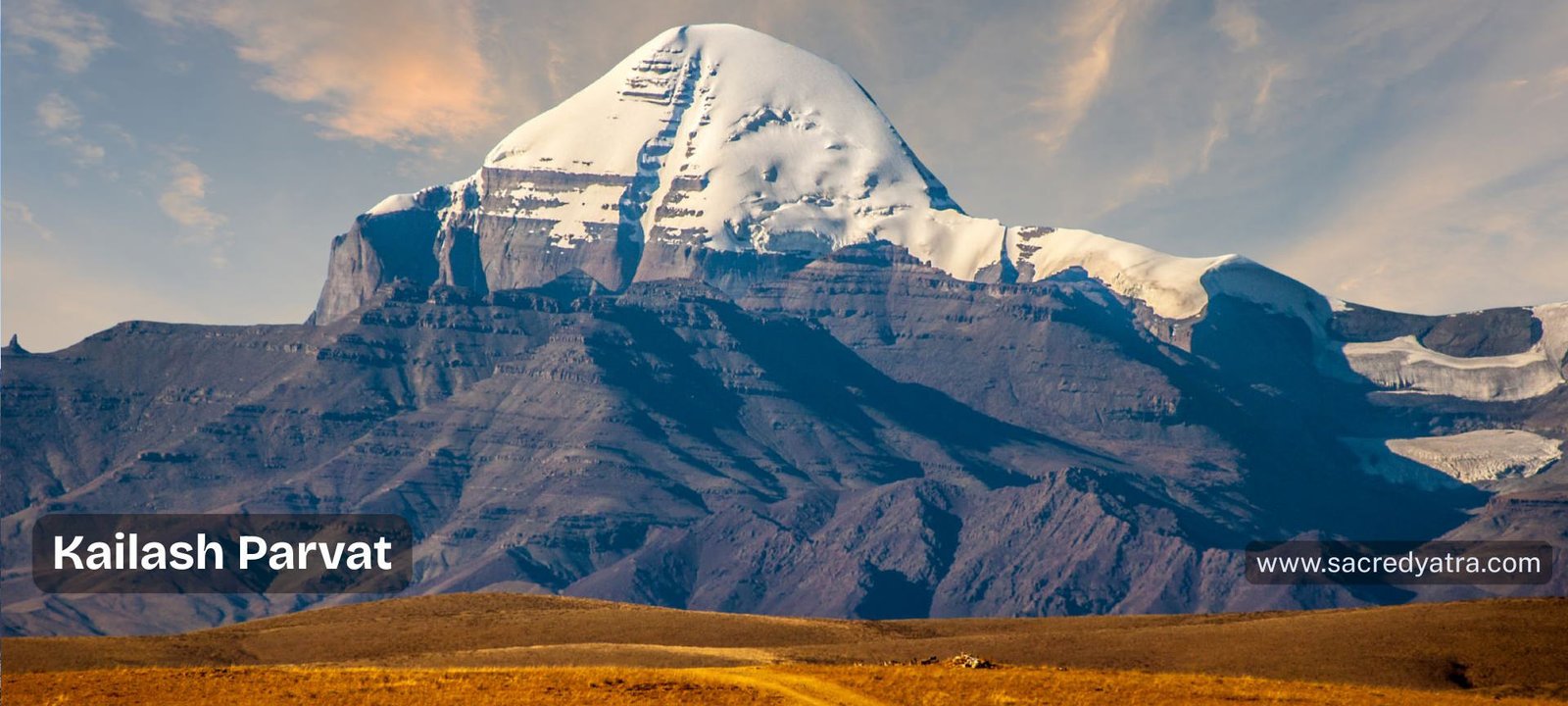
One of the most sacred peaks in Asia, Mount Kailash is situated in western Tibet’s Ngari prefecture. Apart from holding mythological significance, Mount Kailash is blessed with amazing natural beauty. The glazing white snow and nearby gushing rivers makes the spiritual setting of Mt. Kailash alluring.
Known as ‘Precious Jewel of Snow’ in Tibet, Kailash Parvat stands at an elevation of 6,638 meters. Kailash Parvat is one of the most adored spiritual destinations among the believers of Hinduism, Buddhism, Jainism and Bon religion. Though trek trail to this pilgrimage site is not easy but journey to the divine land of Kailash Parvat is relishing experience of a lifetime.
Every year devotees of Lord Shiva undertake the Mount Kailash Yatra. During the yatra pilgrims circumambulate Mount Kailash on foot. It is believed that it brings good fortune. The walk around the mountain is known as Parikarma or Kora.
Some information about Kailash Mansarovar, Story of Kailash Mansarovar. some facts, myths, and history of Kailash Mansarovar.
In Hindu religion it is believed that Mount Kailash is the abode of great Lord Shiva. Legends say that Lord Shiva resides atop Mount Kailash where he sat in a position of meditation along with his beloved consort, Goddess Parvati.
It is believed that Kailash Parvat has four faces. The east face is made of crystal while the west face is made of ruby. The beautiful north face is made of gold and the south face is built of lapis lazuli. Mount Kailash sits in the center of six mountain ranges that surrounds it, signifying a lotus and making mount Kailash the pillar of the world. In the myths and literature of different religion, Mount Kailash is reckoned as the mythical Mount Meru, Axis Mundi and the birth center of the universe.
In Buddhist text Mount Kailash is called as Mount Meru and is regarded as the home of Demchok (Buddha Chakrasamvara) and his consort Dorje Phagmo.
It is said that once the two magicians Milarepa and Naro Bon-Chung fought a scary battle but neither were able to decide who won. In the end, they decided that whoever will reach the Mount Kailash summit first will win the battle. Naro Bonchung sat on a magic drum & moved towards the mountain top while Milarepa sat in a meditation position. When Naro Bonchung was about to reach the top, Milarepa took off by riding on sunlight and won the race. Many Tibetan claims that Milarepa threw Naro Bonchung and he fell from the south face of Kailash leaving a huge slash in the peak which can be seen till now.
In Jain religion Mount Kailash is known as Asthapada. The first Jain Tirthankara, Rishabhadeva attained Moksha here.
Mount Kailash is the place where the founder of Bon tradition in Tibet, Tonpa Shenrab Miwoche descended from heaven. The site of Mount Kailash is regarded as the nine-story Swastika Mountain and a place that holds sacred power.
Here are some tour packages for Kailash Mansarovar.